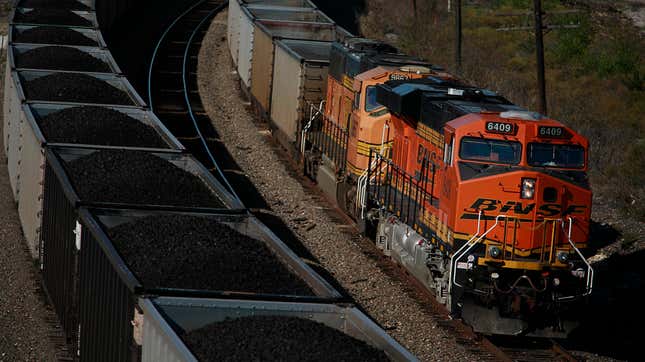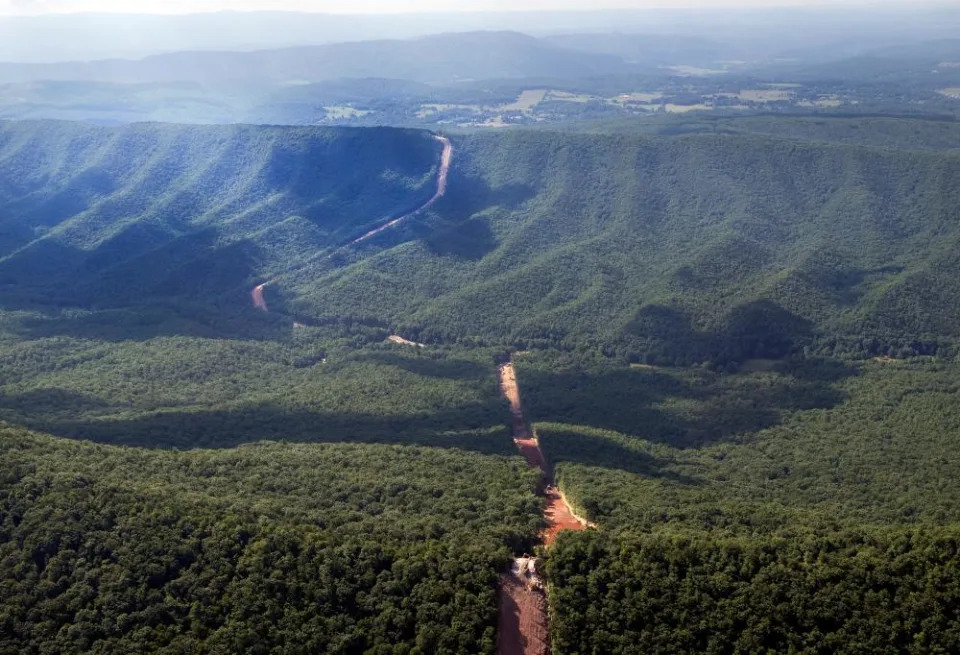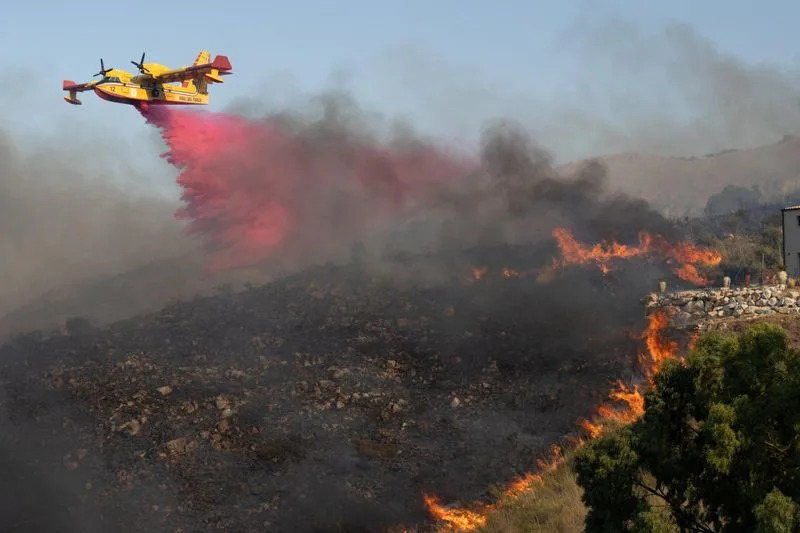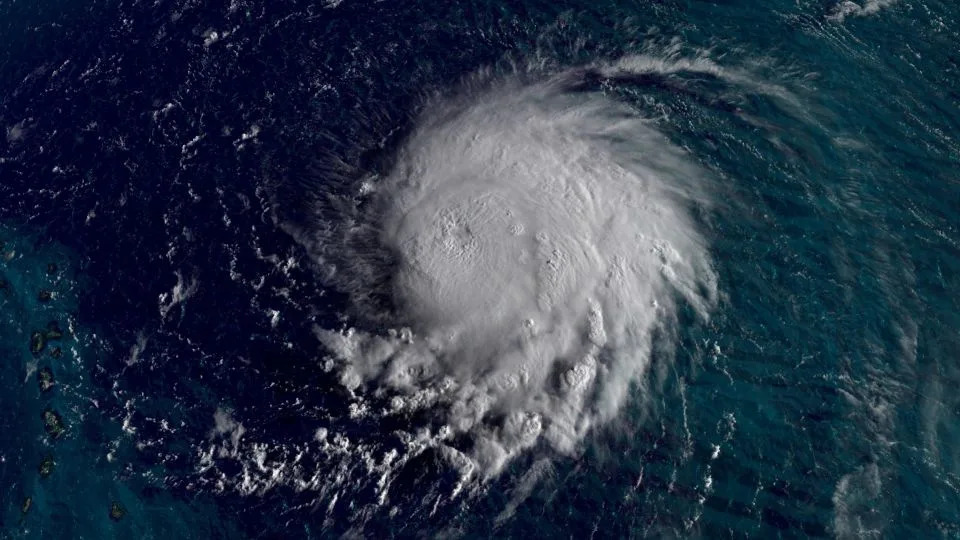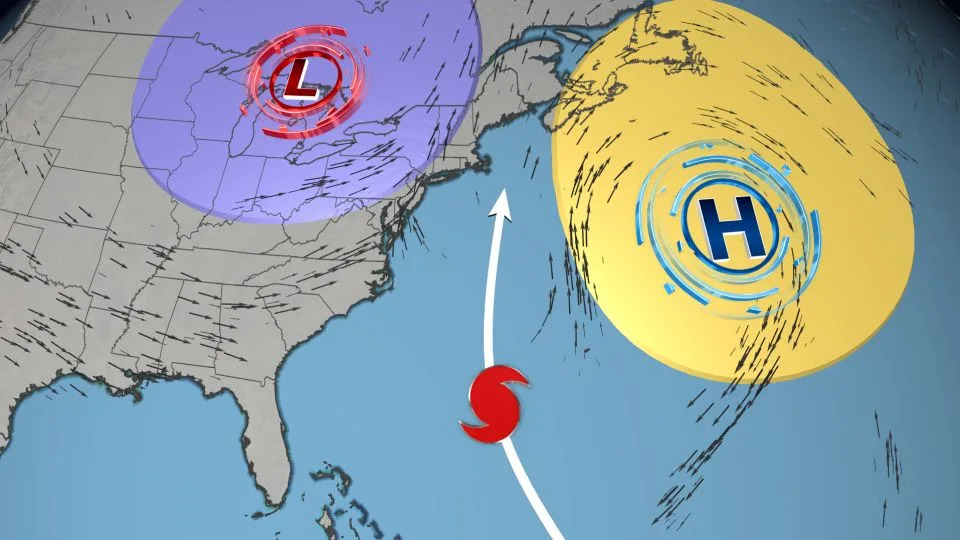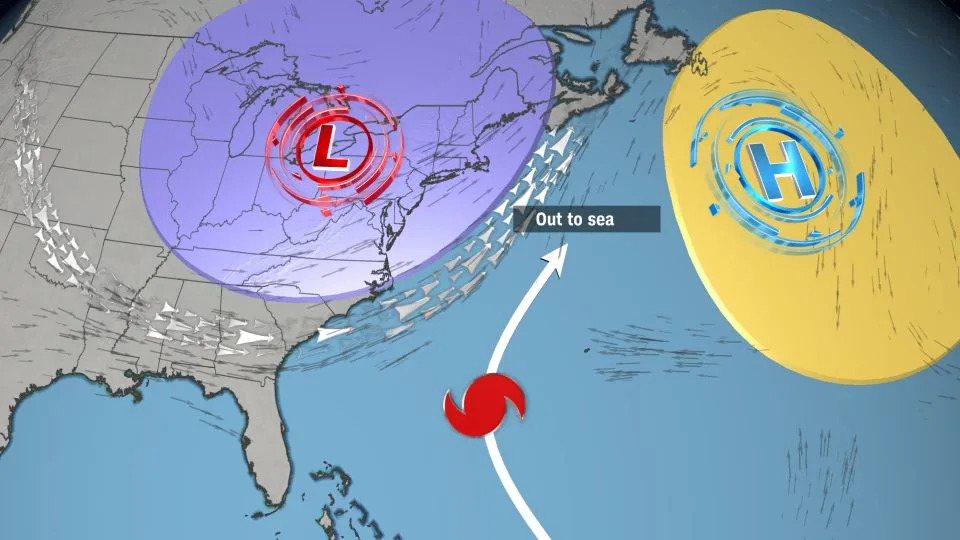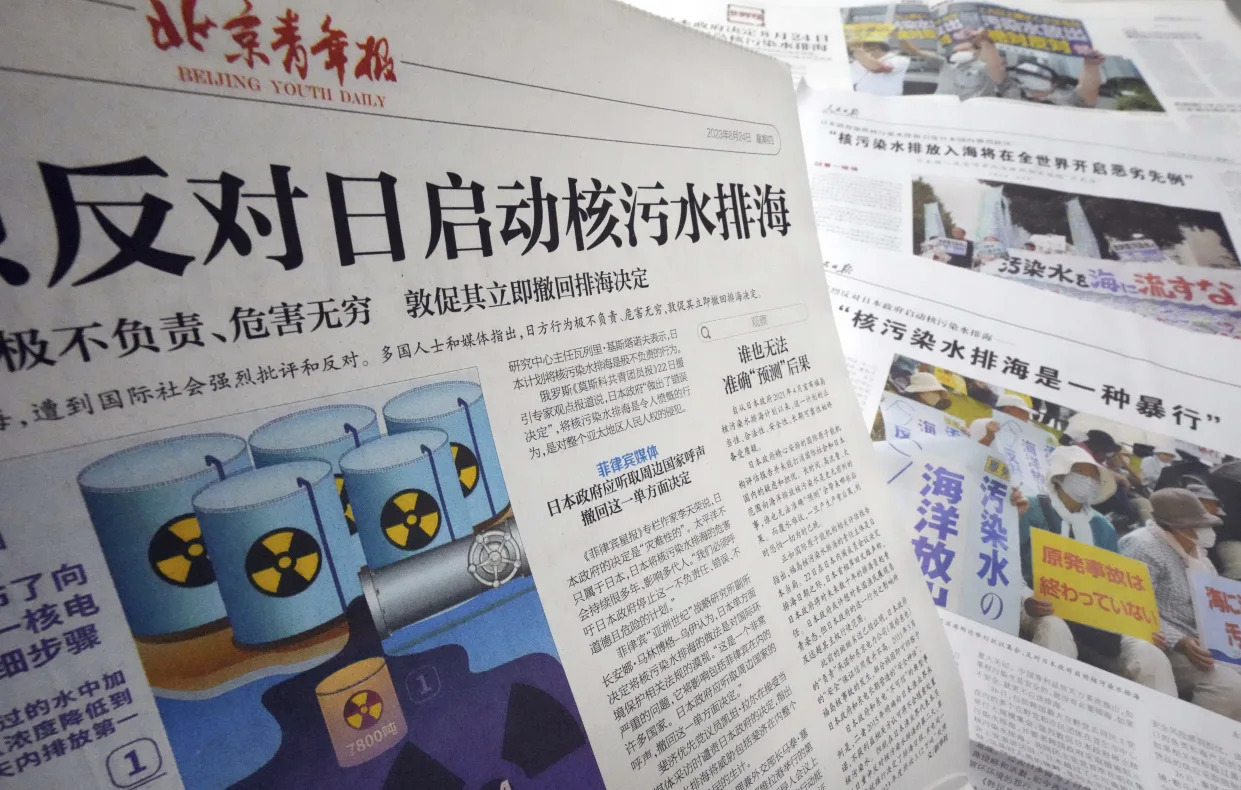PRESS RELEASE
Joint Press Release from the European Society of Endocrinology (ESE) and the European Society for Paediatric Endocrinology (ESPE) and the Armenian Association of Paediatric
Endocrinologists and the Armenian Association of Endocrinology.
The health and lives of endocrine patients are at risk due to crucial drug shortages due to the humanitarian crisis in Nagorno-Karabakh (Republic of Artsakh).
The European Society of Endocrinology and the European Society for Paediatric Endocrinology are in crisis consultation talks with partner societies in Armenia (Armenian Association of Paediatric Endocrinologists and the Armenian Association of Endocrinology) regarding urgent medical drug supply, required to secure the continued care of patients with endocrine disease in Nagorno-Karabakh (Republic of Artsakh).
There is a current urgent need for endocrine medications and supplies in the besieged region of Nagorno-Karabach (Republic of Artsakh). Specifically, the supplies of insulin are nearing depletion, and the population is out of injection needles, syringes and strips. Patients are currently re-using the (single-use) syringes for 7-10 days. In addition, currently there is a significant shortage of levothyroxine, hydrocortisone, cabergoline and other medications.
Insulin is life critical for the treatment of diabetes. Patients with diabetes mellitus, particularly type 1 diabetes, need unrestricted access to insulin. A shortage of insulin is immediately life-threatening. The supply of long and short acting insulins must be accompanied by adequate supplies of glucose test strips and glucose measuring devices, as the blood-glucose values form the cornerstone of diabetes self-management. Also, in case of acute stress, infection or trauma and inadequate diet (food supply being difficult during war) the insulin dose may need adaptations and adequate glycaemic control is an important healing factor.
The Societies have issued a joint statement on this life critical matter (read here) and call upon all parties to secure the provision of adequate supply of medication essential to treat patients with potentially life-threatening acute or chronic endocrine conditions.
President of the Armenian Association of Paediatric Endocrinologists, Elena Aghajanova, brought the humanitarian situation in Nagorno-Karabakh to the attention of the two European endocrine Societies. She said, “Patients are facing a lack of access to specialist diagnostic services and surgical interventions as well as difficulties to continue or initiate required life-saving treatments caused by lack of drug supply. Shortages of food and high stress of the dire and desperate situation are also impacting the entire population which is heightening the crisis for those with health issues.”
A member of ESE, endocrinologist Liliya Rostomyan (Belgium) said, “Armenian doctors continue to appeal to the world medical community and international humanitarian aid organisations to pay attention to the crisis in Artsakh and call them for action to save patients with various diseases. The situation caused by the ongoing blockade is equal to a real humanitarian catastrophe, with patients left without food, essential
medications, and access to crucial medical care. Lives of 120,000 people, including children and pregnant women, are in danger, and our duty is to make every effort to avoid such a catastrophe in the 21st century”.
ESE President Jérôme Bertherat said, “We call upon all parties to secure free and safe passage for patients that require specialised medical interventions.” He added, “We have already called upon all our members and the over 22,000 endocrine professionals across Europe, and our partners to assist in any way possible in alleviating the needs of the population of Nagorno-Karabakh.”
ESPE President Anita Hokken Koelega explained, “The way that this crisis affects the population is a big concern to our community of health care professionals and this is a very real and immediate crisis. Our societies stand ready to provide additional information where needed, and to work with like-minded NGOs and our partners to support patients and health care providers in the Nagorno-Karabakh region.”
The following statements have been issued in response to the humanitarian crisis in Nagorno-Karabakh (Republic of Artsakh) and the endocrine drug shortages:
21 August 2023: Joint statement from the European Society of Endocrinology (ESE) and the European Society for Paediatric Endocrinology (ESPE) on the humanitarian crisis in Nagorno-Karabakh (Republic of Artsakh). Read here.
17 July 2023: Endocrine drug shortages - Joint Statement from the European Society of Endocrinology (ESE), the European Society for Paediatric Endocrinology (ESPE), the Armenian Association of Paediatric Endocrinologists and the Armenian Association of Endocrinology. Read here.
We call upon all parties to secure free and safe passage for patients that require specialised medical interventions and for the supply of essential drugs into the Region.
We call upon all health professionals, pharmaceutical industries, medical and humanitarian organisations to provide all possible assistance.
**** ENDS ****
Notes for Editors: The situation in the besieged region is dire, with patients left without food, essential medications, and access to crucial medical care. We urgently call on the forces currently imposing the blockade to show humanity and compassion: grant immediate and unobstructed access to life-saving aid and medical passages. Lives are at stake.
About the European Society of Endocrinology
The European Society of Endocrinology (ESE) provides a platform to develop and share leading research and best knowledge in endocrine science and medicine. By uniting and representing every part of the endocrine community, we are best placed to improve the lives of patients. Through the 51 National Societies involved with the ESE Council of Affiliated Societies (ECAS) ESE represents a community of over 22,000 European endocrinologists. We inform policy makers on health decisions at the highest level through advocacy efforts across Europe. To learn more about the Society, visit ese-hormones.org.
About the European Society for Paediatric Endocrinology
The European Society for Paediatric Endocrinology (ESPE) is an international society registered in Europe that promotes the highest levels of clinical care for infants, children and adolescents with endocrine problems throughout the world, including in less advantaged areas. Our mission is to advance excellence in paediatric endocrinology and diabetes by promoting research, education and medical practice to the benefit of child and adolescent health throughout the world. To learn more about the Society, www.eurospe.org
https://plawiuk.blogspot.com/2023/09/we-are-starving-to-death-residents-of.html



